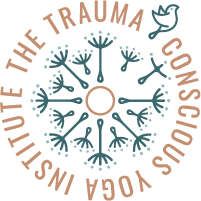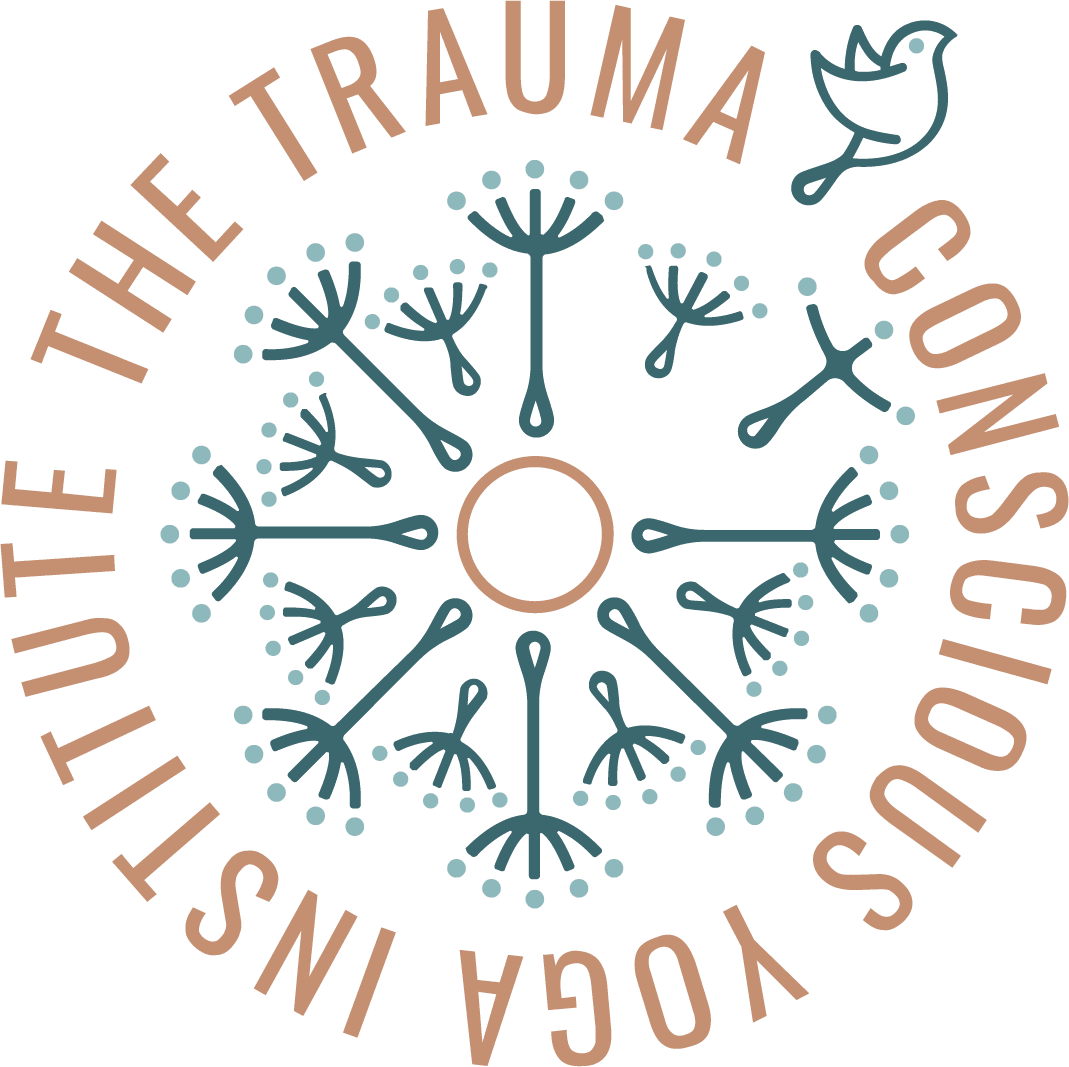*Note to reader: In reading and hearing about trauma there is the potential to be triggered. Please take care of yourself. Not this article nor a yoga practice are replacements for a one-on-one relationship with a licensed mental health professional. Please visit www.psychologytoday.com to find a licensed professional in your area.*

The breath and breath regulation practices, which we call pranayama, are at the core of the yoga practice. Pranayama is the fourth of the eight limbs of yoga and often what serves as our guide to the physical practice of asana (yoga poses), our anchor to the present moment, and our vehicle of connection between the mind, body and spirit. When pranayama is effective it helps us literally transform our nervous system from a heightened or Sympathetic Nervous System (SNS) response (fight or flight), to a relaxed or Parasympathetic Nervous System (PNS) response (rest and digest; cool, calm collected).
What power we have that we can regulate our mental and physiological state in this way! Amazing, right?! Well not always…..
What if the breathing in Yoga IS the trigger?
I’m going to share today a fact that is not commonly discussed in the yoga world, but is extremely valuable for both yoga student and yoga teacher alike:
It is not uncommon for survivors of trauma to be triggered by the breath.
This includes talk of the breath, direction to control the breath, or the practice of deep, controlled breathing. Unfortunately, this reality may turn some trauma survivors away from the practice all together if they do not have a yoga teacher who they trust and can share their concerns with, or if the teacher herself/himself is not trauma-informed.
Side note: An estimated 8% of Americans (24.4 million people) meet the criteria for a diagnosis of Post-Traumatic Stress Disorder (PTSD) at any given time. This means that in a yoga class of 25 students, two of them meet diagnostic criteria for PTSD and many more are suffering who do not meet criteria for a diagnosis.
So we see how important it is for yoga teachers to have trauma-informed knowledge right?!?
My Intention. Today I’d like to:
(1) Shed some light on the reasons why some trauma survivors are triggered by the breathing practices in yoga.
(2) Offer some hope that this is not a life sentence and with time even those once triggered can learn to breath without becoming dysregulated.
(3) Provide some alternatives to focusing on the breath that will help us stay connected to our body and the present moment, while supporting a relaxed state mentally and physically.
Reasons why we may be triggered by focused attention on the breath:
- If our trauma involved being unable to breath or fighting for our breath
- If we felt our life was in danger (remember the breath involves not only the bringing in, but also the exiting of the life force or prana)
- If we are frozen in a hyperaroused, or fight or flight state (unfortunately, people who have experienced prolonged exposure to stress and trauma can become stuck here and some people who are chronically here will not find relief in deep breathing)
There’s hope for us:
I work with trauma-survivors day in and day out, many of them too triggered by the breath to focus on it in our initial work together. With time and trust, this does change. Through compassionate exploration of one’s body and psyche in psychotherapy and yoga therapy, I have seen people who were initially triggered go on to develop supportive pranayama practices and find that breathing can be an effective nervous system regulation tool.
In the meantime, here’s what we can do in yoga instead:
While the breath is one way to anchor our attention to the present moment, experience mindfulness, and achieve harmony amongst body, mind and spirit, there are many others. We can use our other senses:
- Focus on the sounds we hear:
- If there is a steady tempo to the music or constant ticking of a clock, this can serve as our guide
- Focus our eyes onto one spot:
- We call this steady gaze a drishti and it helps to calm mind chatter
- Focus on a soothing aroma we can smell:
- Light some candles, burn some incense, or use a diffuser filled with essential oils
- Focus on the textures we are touching
- Feel the texture of our mat, the ground, or the yoga props our body is connected to. Notice the temperature or texture of our own body against these surfaces.
- Focus on felt, body sensation
- Notice what we feel in our body. Is there an intense stretch at the hamstrings or a relaxed sensation at the shoulders? We can let our body be our guide. What better way to get to know ourselves?!
We can be patient and compassionate with ourselves:
Yoga is about the journey. We call it a yoga practice because day in and day out we can choose to practice patience, to practice kindness toward our bodies, to choose contentment with the conditions of the present moment, to accept our past, to explore our present, to decide we deserve compassion, to be curious about what may unfold.
We are on the right path. Yoga is for all of us. Yoga is a frame of mind. Whether or not we focus on the breath, we are breathing, we are living.
In peace and with gratitude, Namaste!
The Trauma-Conscious Yoga Method℠ Copyright © *|2018|* *The Trauma-Conscious Yoga Institute℠ & Nityda Gessel, LCSW , E-RYT, TIYT*, All rights reserved.

